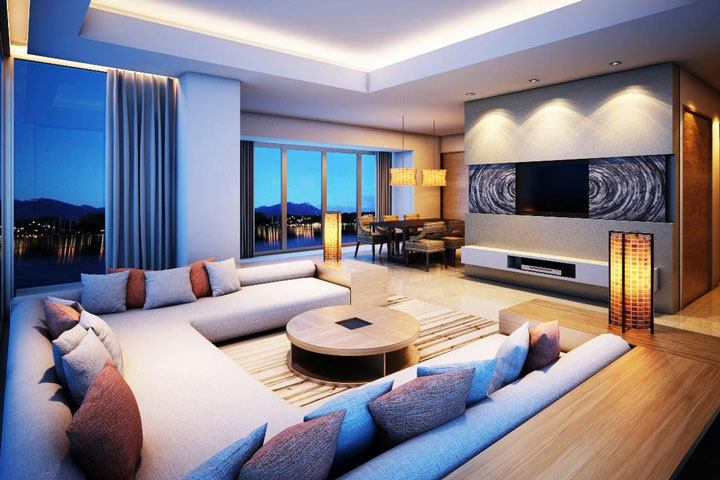
Integrating New Decorating Ideas
Decorating one room often affects adjoining rooms, so it’s important to integrate new decorating ideas. If you’re content with the space next door, draw on its colors, furnishings, and overall flavor for ideas. Maintaining a similar palette will foster cohesion.
If the adjacent room is scheduled for a fix-up at a later date, consider it in your initial plans when picking paint or fabric. If you’re hoping to eventually add rooms or remodel other areas of the house, be careful not to put structural elements or plumbing in places that will obstruct future endeavors.
Consider these easy-to-do, unifying tips:
1. Blur boundaries by painting rooms the same color, or employ different shades of a similar color with slight tonal variations. You could use pale yellow, golden yellow, and cream in one room. Combine deeply saturated colors (green) with lighter versions (sage).
2. Install similar flooring such as sisal, wood, or tile. Floors can also be married by color; for instance, wed light brown tile with a deeper brown carpet. If you’re unable to replace the flooring, merge rooms with like-colored area rugs.
3. Repeat texture throughout the space. Think velvet drapes in the dining room, velvet-upholstered chairs in the study.
4. Employ similar patterns: Dining room chairs with black-and-white-checked fabric could mirror the kitchen’s checkerboard floor. Call in different patterns in the same color range, or combine similar patterns in reverse: a raspberry-toned fabric with jolts of white and blue here, blue-toned fabric splashed with raspberry and white there.
5. Tie spaces together with architectural elements: wainscoting in the bath and bedroom, chair rails and crown moldings in the living and dining rooms.
Not only should rooms be visually pleasing, they should also be adapted to the way you live your life.

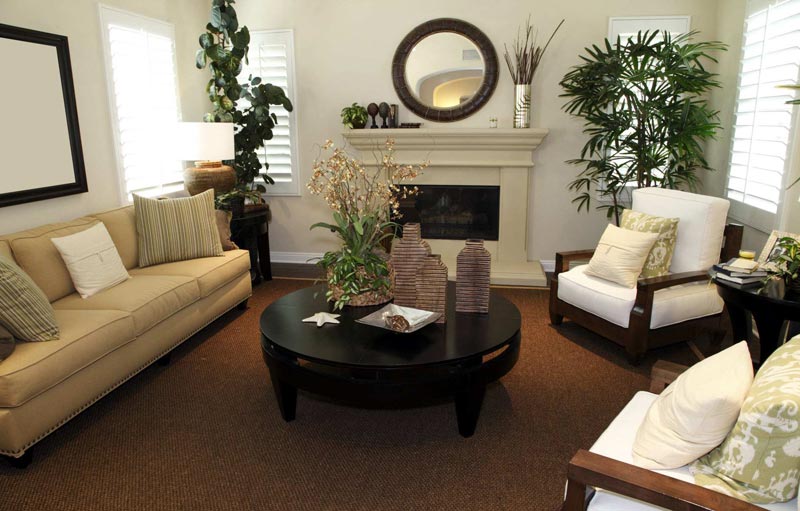
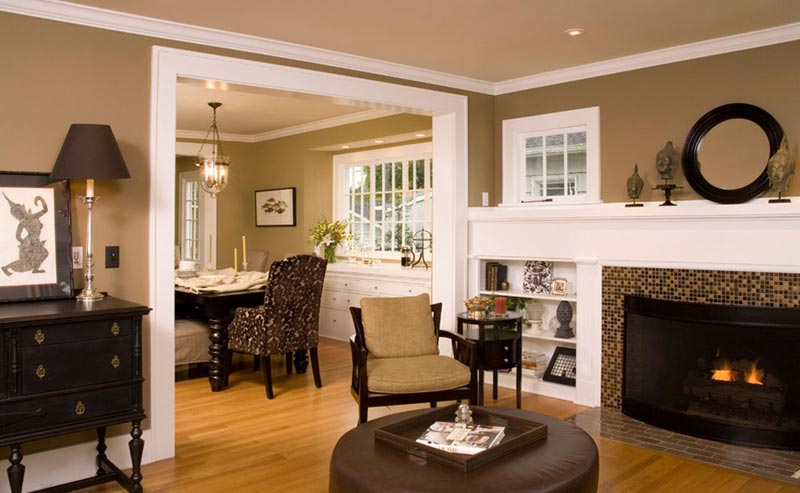
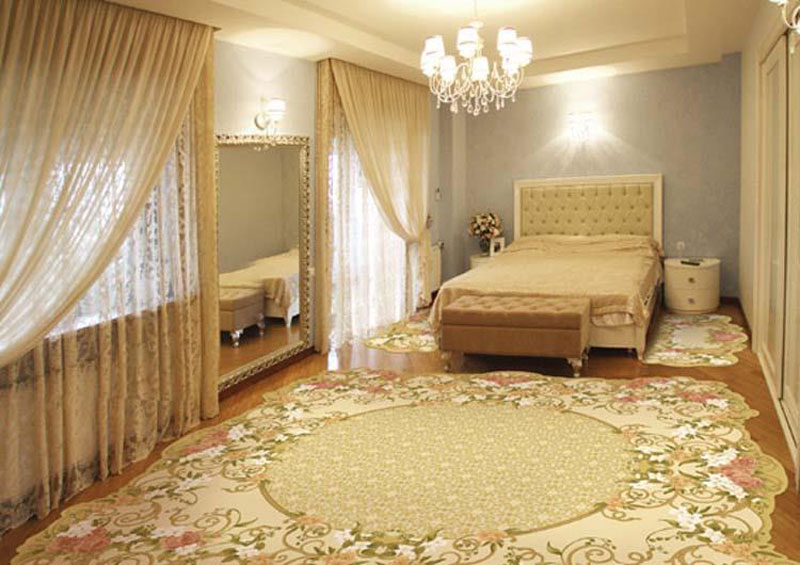

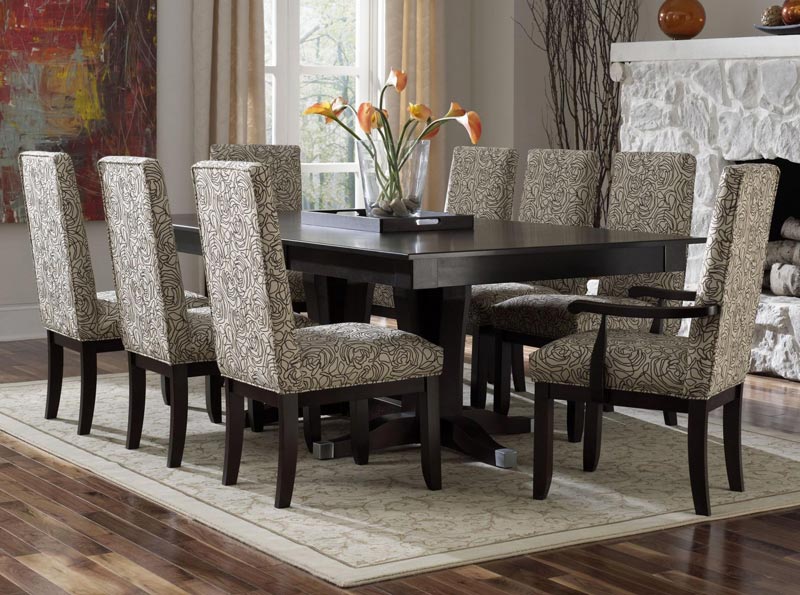


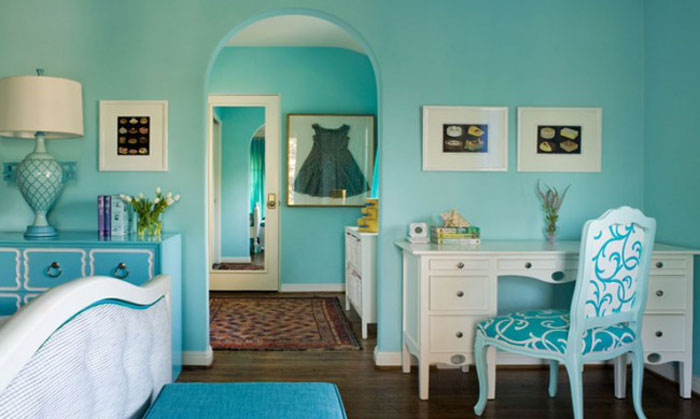


Leave a Reply